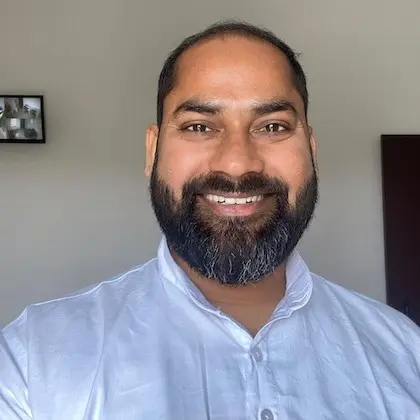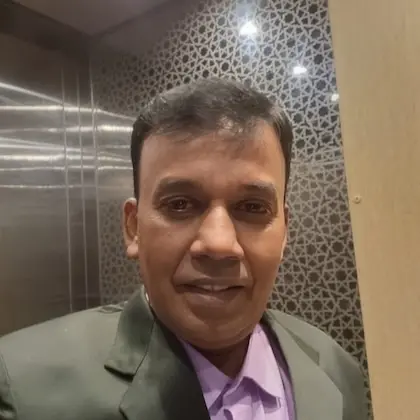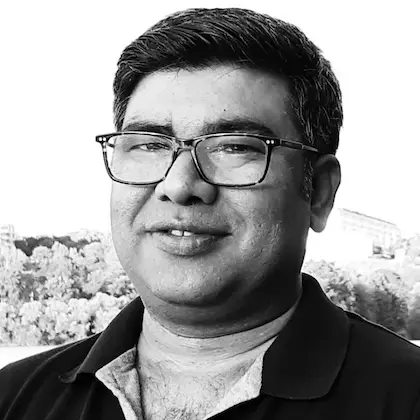The Story of Rupa
A Girl’s Fight for Education in Rural India
In a small, dusty village in India, Rupa, a bright-eyed 12-year-old girl, wakes up every morning before sunrise. While other children might head to school, Rupa spends her days collecting water from a distant well, cooking for her family, and looking after her younger siblings. For Rani, the dream of sitting in a classroom remains just that—a dream.
Rupa’s Life Without Education
Born into a family of daily wage laborers, Rupa’s parents struggle to make ends meet. With a household income barely enough to feed their five children, education was never a priority. Her parents, both illiterate, believe that sending Rupa to school would be a waste of time and resources. Instead, they see her as an extra pair of hands to help with chores and earn a living.
When a local teacher visited the village to encourage enrollment, Rupa’s parents declined, citing financial struggles and societal norms that undervalue educating girls. Rupa overheard the conversation and silently wished she could join the other children walking to the village school, carrying books and wearing uniforms.
Barriers to Education
Rupa’s story mirrors the plight of millions of underprivileged children in India who are deprived of education due to:
- Poverty: Families prioritize survival over education, forcing children into child labor or household duties.
- Gender Discrimination: Girls, in particular, face cultural biases that see them as homemakers rather than students.
- Lack of Infrastructure: The nearest school to Rupa’s home is 5 kilometers away, a journey too far and unsafe for a young girl.
- Unawareness: Many families like Rupa’s are unaware of government schemes offering free education, uniforms, and meals.
The Turning Point
One day, a volunteer from Nescode Foundation visited Rupa’s village. We introduced her family to a program providing free education, meals, and vocational training for girls. At first, Rupa’s parents resisted, but after weeks of persuasion and awareness sessions, they reluctantly agreed to let her attend school.
For Rupa, stepping into a classroom for the first time was magical. She received her first textbook and learned to write her name. Her favorite subject became mathematics, and she often stayed late at school to practice.
A Brighter Future
Today, Rupa dreams of becoming a teacher and returning to her village to ensure no other child misses out on education. With continued support from the Nescode Foundation and her determination, she’s breaking the cycle of poverty and illiteracy that bound her family for generations.



